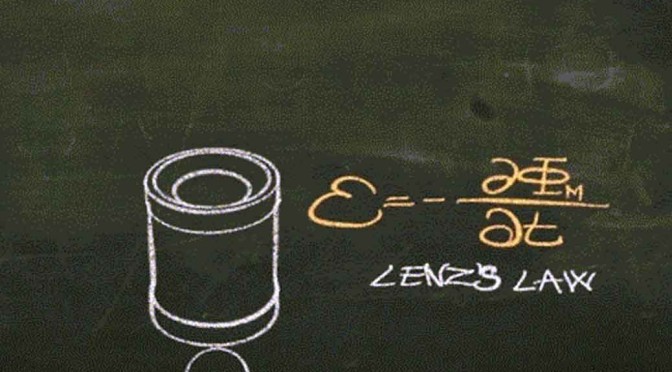I’m sure you know that if you let a strong magnet drop along a thick copper tube, the magnet falls in a very interesting manner. It falls slower than it normally should, delaying the span of the fall, as if gravity acting on the magnet mysteriously drops. If you haven’t heard about it, I’ll give it to you, you probably aren’t a YouTube addict, and that’s definitely good (and maybe also bad because there’s awesome stuff out there which you are missing). Just watch this, what I just said will start making sense…
Why does this happen?
OK, that’s pretty cool, but you knew about this little magnet-copper trick already, and you were expecting something more? You got it.
Whatever you just saw neither was a magic trick, nor was the Copper tube acting as an anti-gravity machine. This is pure science, can be easily explained by it. Here…

When a magnet moves quickly near a metal, it generates current in the metal. Here, current is generated in the Copper tube.
The current generated in the tube generates another magnetic field which opposes the magnetic field of the magnet and pushes the magnet upwards, away from the force of gravity. Gravity being stronger, pulls it down, but not with as much force because the magnet is being pushed in the other direction too. That’s the simple science behind it.
Still, someone else could explain it better on a page which is completely dedicated to explain it to you. [Here] and [Here]
But, you probably knew even that -The trick and the science behind it. So, there’s more for your-kind-of-people.
A new skill-toy that uses the same…
Feel flux. An amazing new skill toy that works on the same principle. Who would have thought, playing with gravity could get fun. The crowd funding campaign for it runs on indiegogo. Go fund it!


